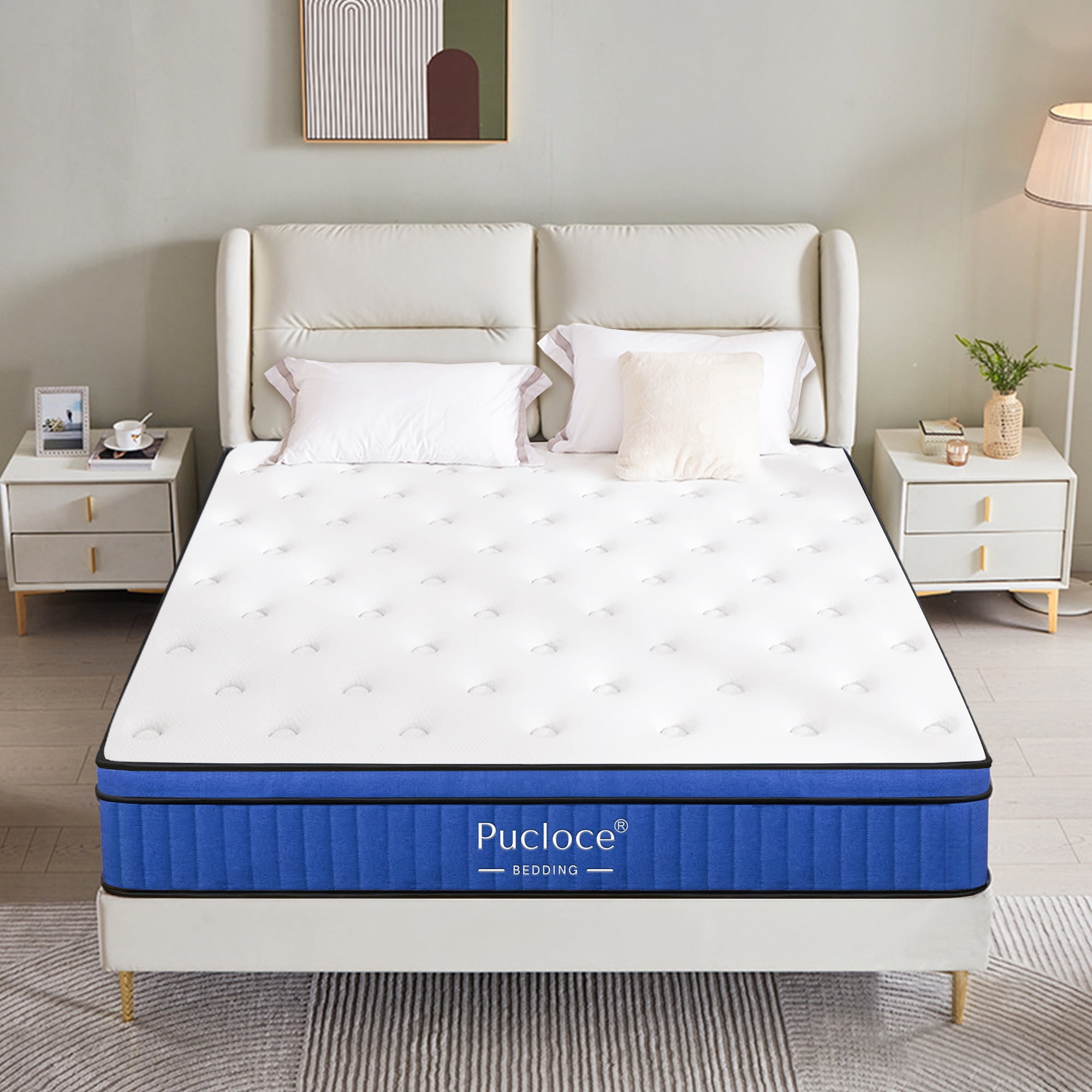A good night’s sleep is essential for overall health and well-being. But how often should you replace your mattress to ensure optimal sleep? While there’s no single answer, understanding typical lifespans and signs of wear will guide you.
The General Rule: 7-10 Years
Most mattresses have a lifespan of 7-10 years. This applies to innerspring, memory foam, and hybrid mattresses. However, factors like material quality, care, and sleeping habits can influence this timeframe.
Deeper Dive: Mattress Materials and Lifespan
Innerspring Mattresses: These tend to last 6-8 years. Coils can weaken over time, causing sagging and discomfort.
Memory Foam Mattresses: Known for their contouring comfort, memory foam mattresses can last 8-10 years. However, some cheaper models might lose their supportive qualities sooner.
Latex Mattresses: Natural latex offers excellent durability, lasting up to 15 years with proper care.
Hybrid Mattresses: Combining innerspring and foam elements, hybrids typically last 8-10 years.
Beyond the Years: Signs Your Mattress Needs Replacing
Age is a guideline, but listen to your body! Here are signs your mattress needs an upgrade:
Sagging and Uneven Support: Noticeable dips or a feeling of rolling towards the center can disrupt sleep and cause back pain.
Decreased Comfort: If your mattress feels too soft, too firm, or lumpy, it’s not providing the proper support.
Increased Allergies or Asthma: Dust mites thrive in old mattresses. Replacing yours can reduce allergy and asthma triggers.
Noise from Coils: Excessive creaking or squeaking from innerspring mattresses indicates worn-out coils.
Morning Back Pain: If you wake up with aches and pains that disappear after getting out of bed, your mattress could be the culprit.
Maximize Your Mattress Lifespan
Use a protector: A waterproof mattress protector shields your mattress from spills, dust mites, and allergens, extending its lifespan.
Rotate and flip regularly: Turning your mattress every few months helps distribute wear evenly. (Check the manufacturer’s instructions for flippable models.)
Maintain a clean sleep environment: Vacuum your mattress regularly and avoid eating or drinking in bed to minimize crumbs and spills.
Investing in Quality Sleep
A good mattress is an investment in your health and well-being. By understanding typical lifespans and signs of wear, you can replace your mattress when it’s time, ensuring restful sleep for years to come.

